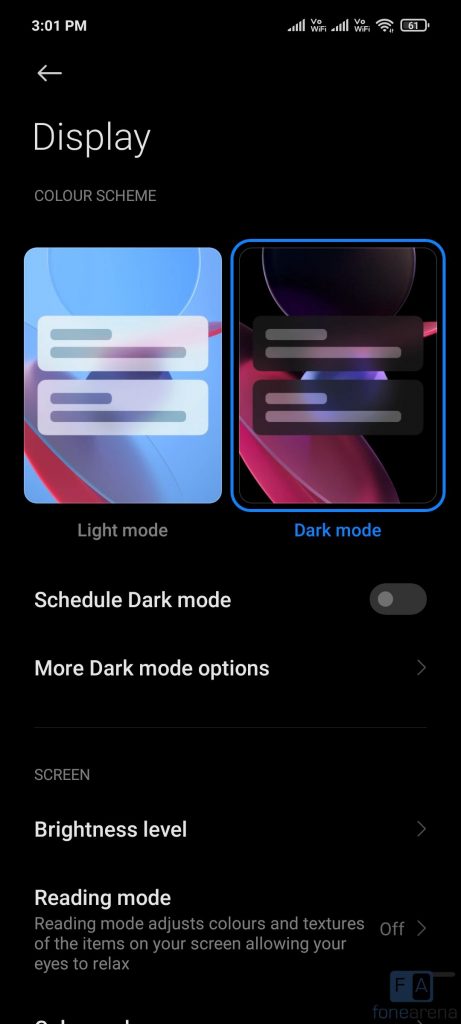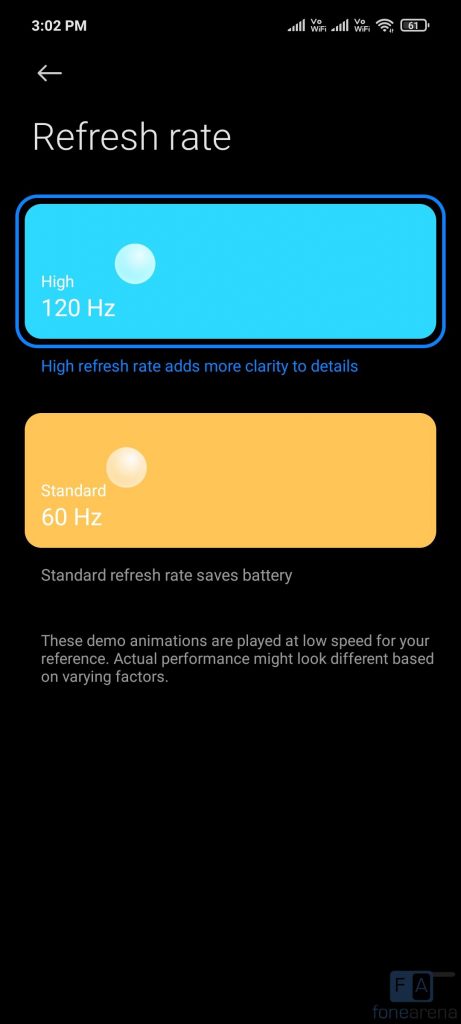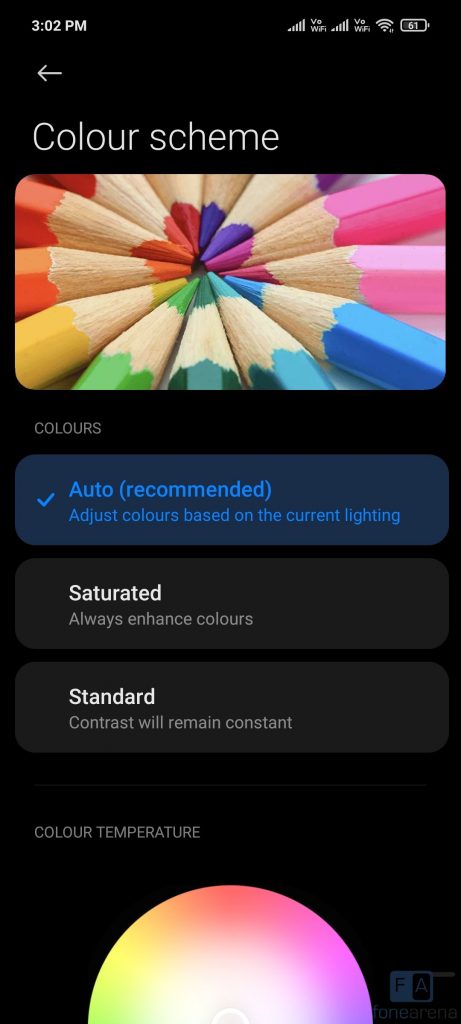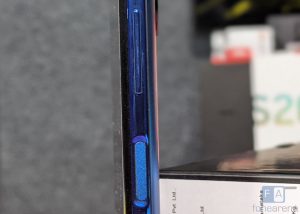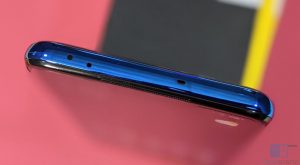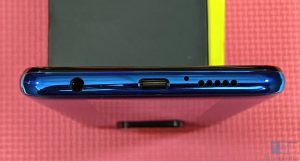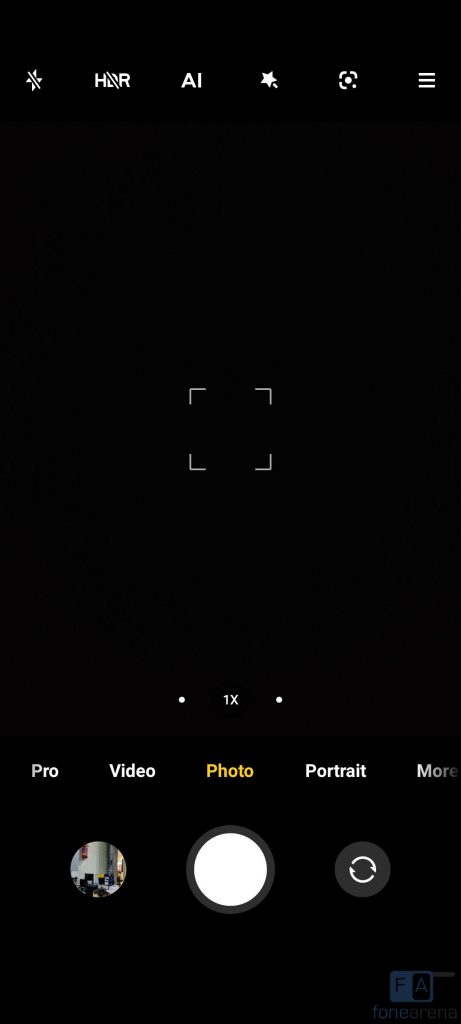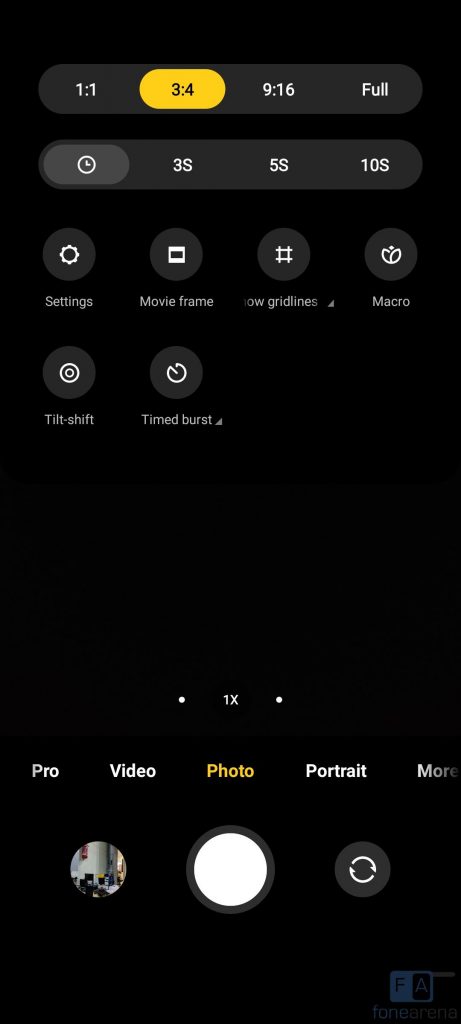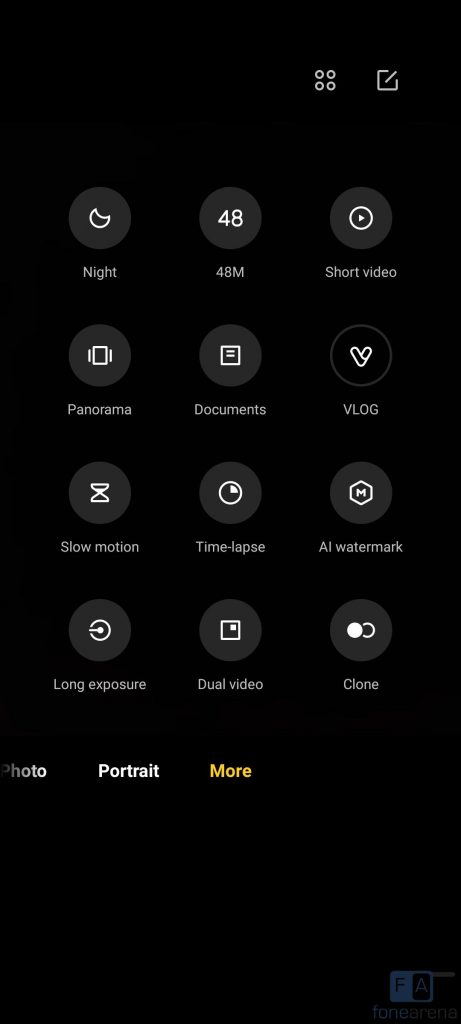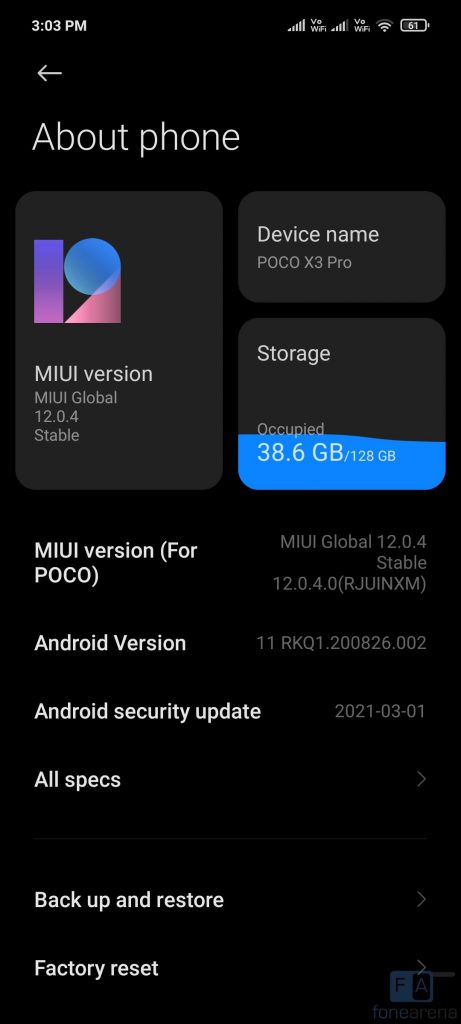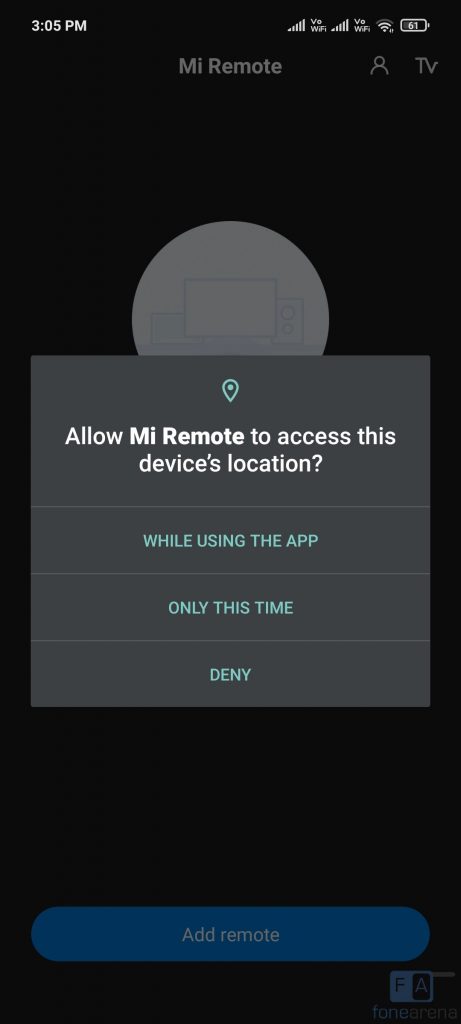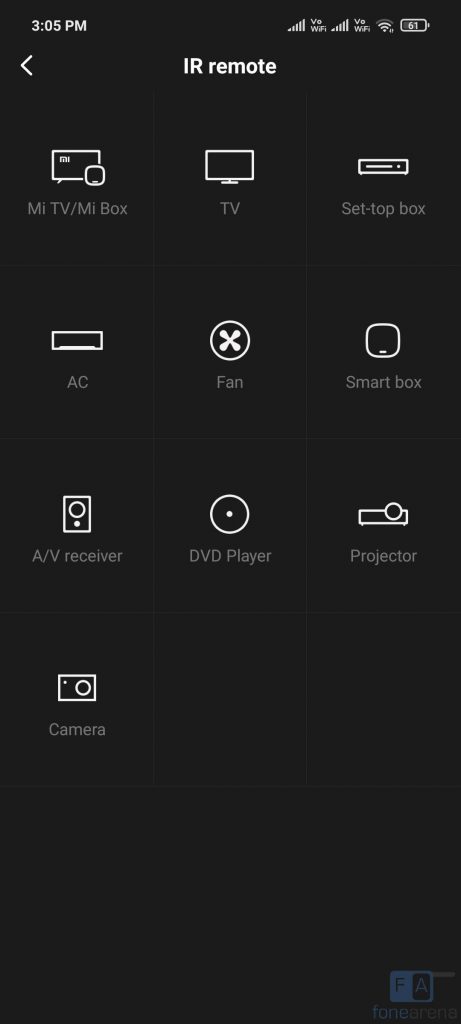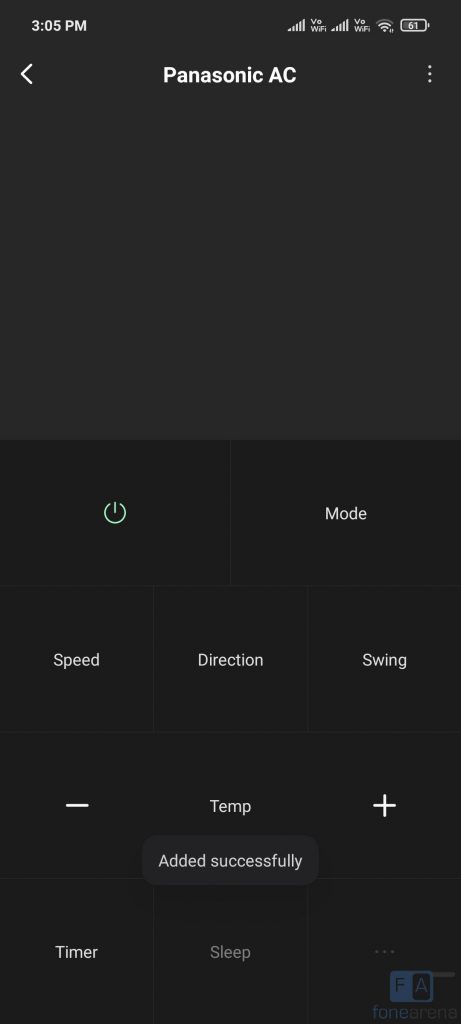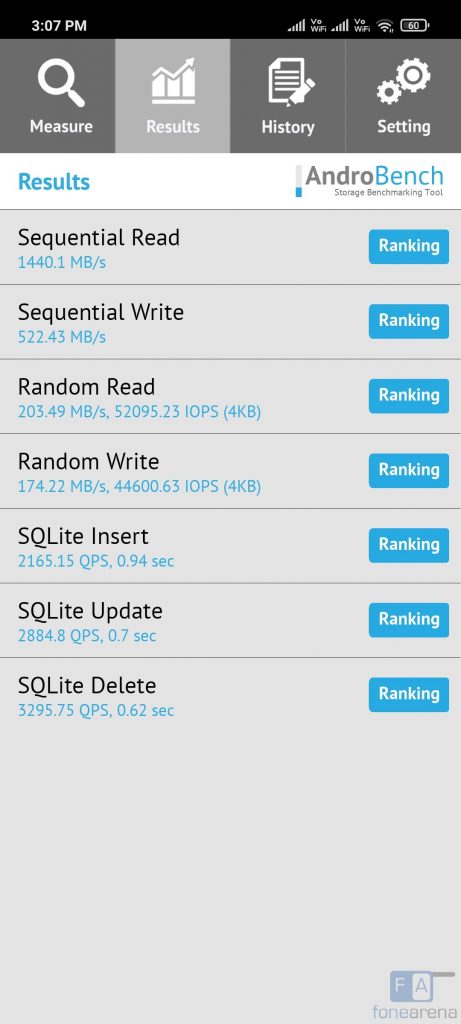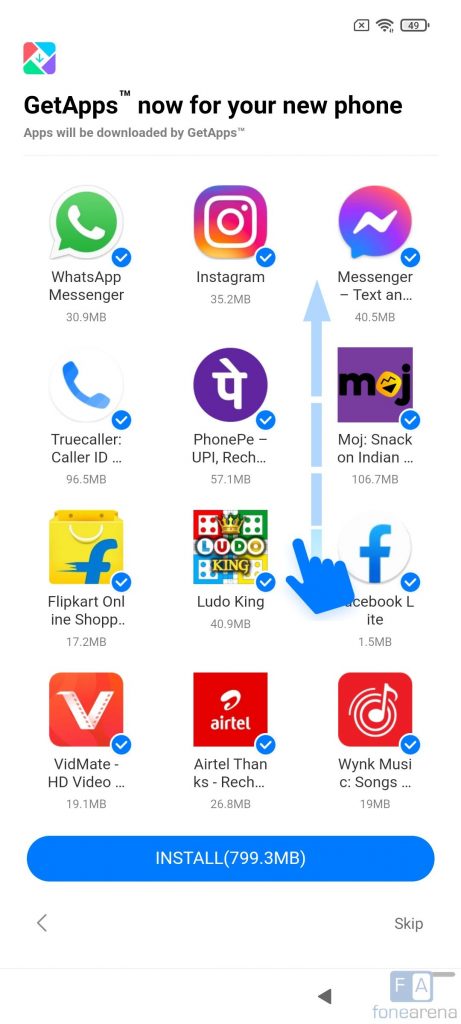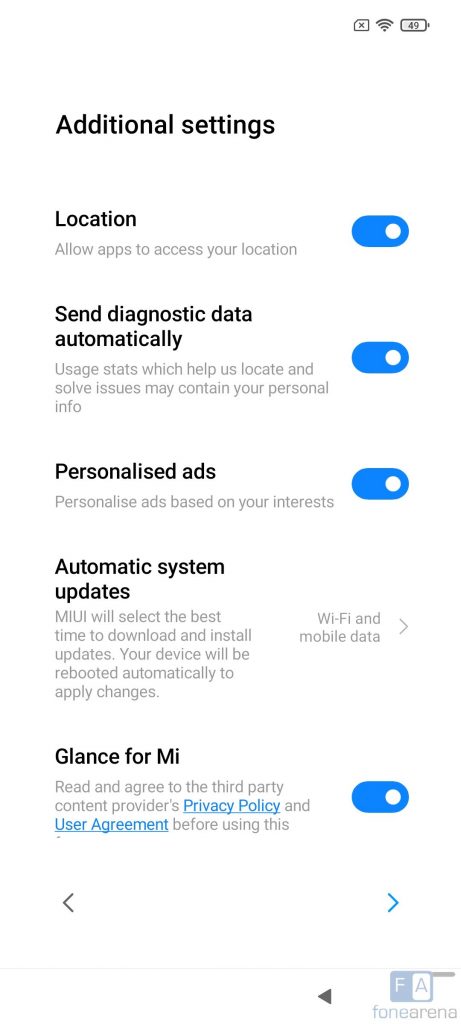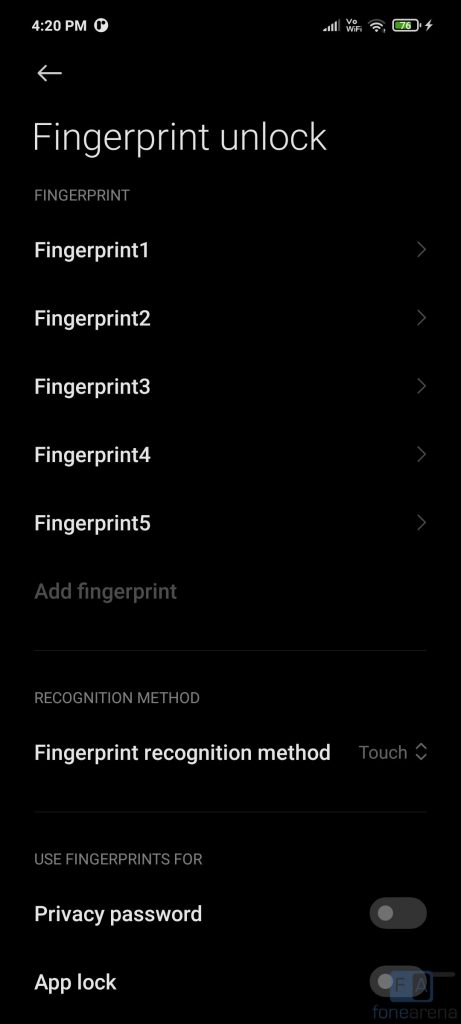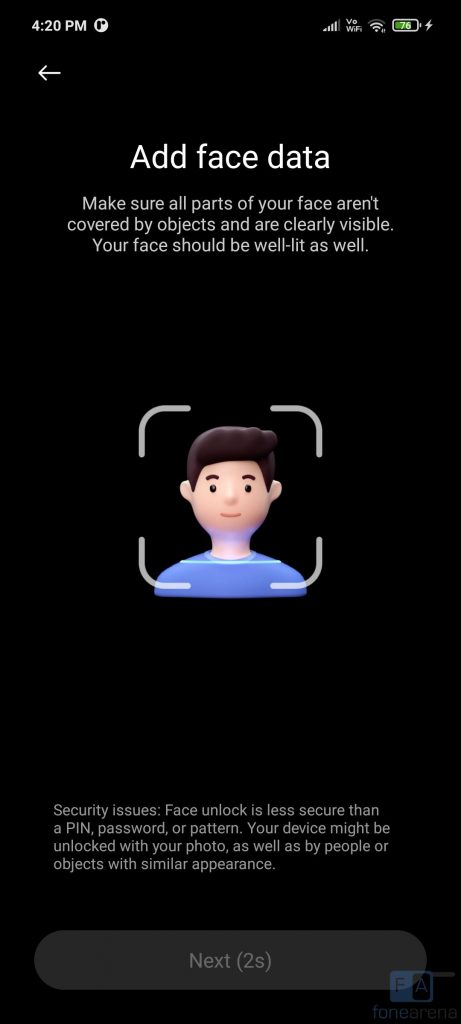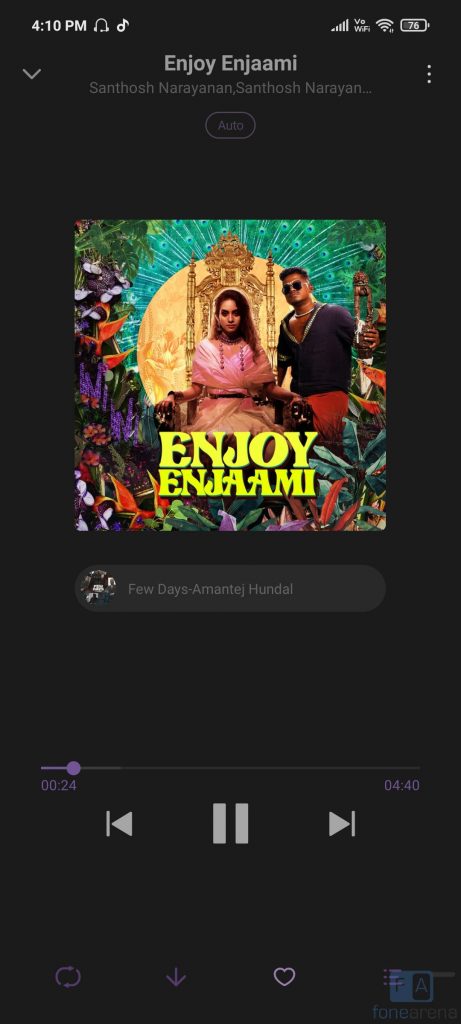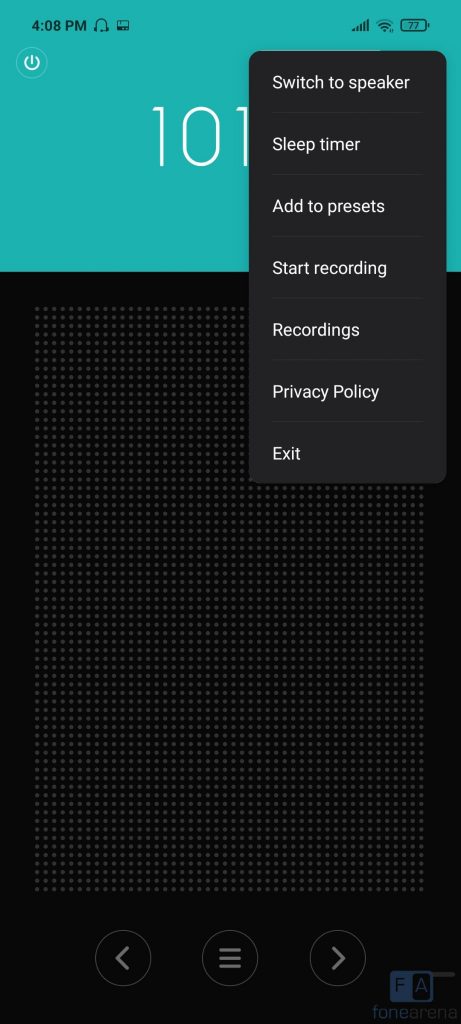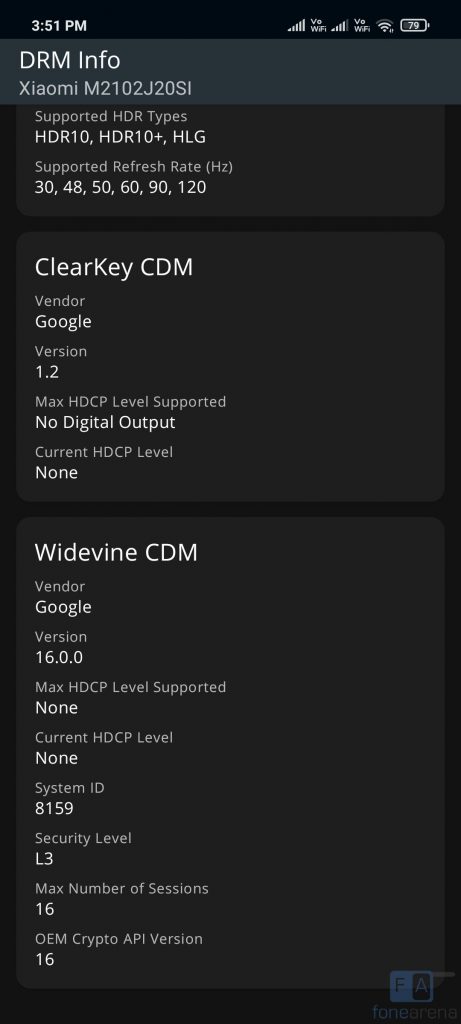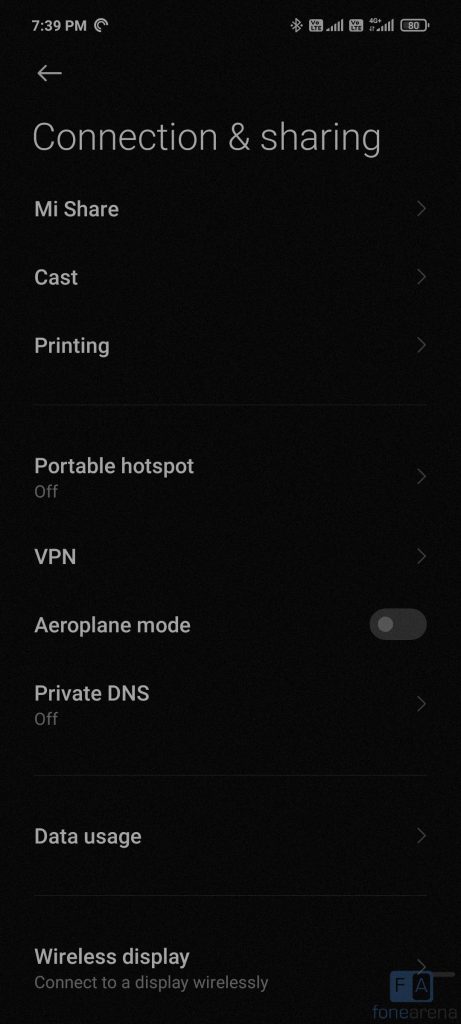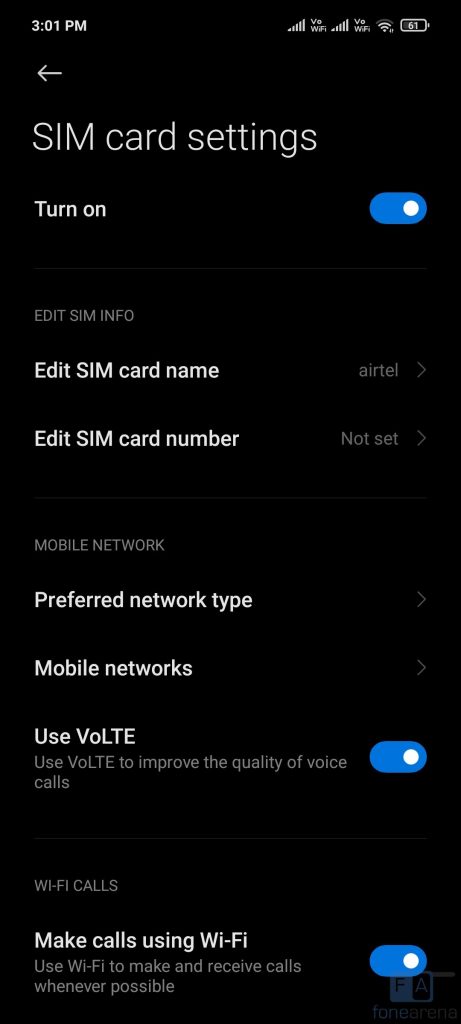
POCO launched the POCO X3 Pro smartphone in India last month as an enhanced version of the POCO X3 and also said that this replaces the POCO F1 which was launched back in 2018. Even tough it retains the 6.67-inch 120Hz FHD+ screen, stereo speakers and a similar design with a slight change in camera specifications, this has a faster Snapdragon 860 SoC. The specifications look great on paper. Let us dive into the review to find out what the device has to offer.
| Box Contents |
| Camera |
| Battery Life |
| Conclusion |
Box Contents
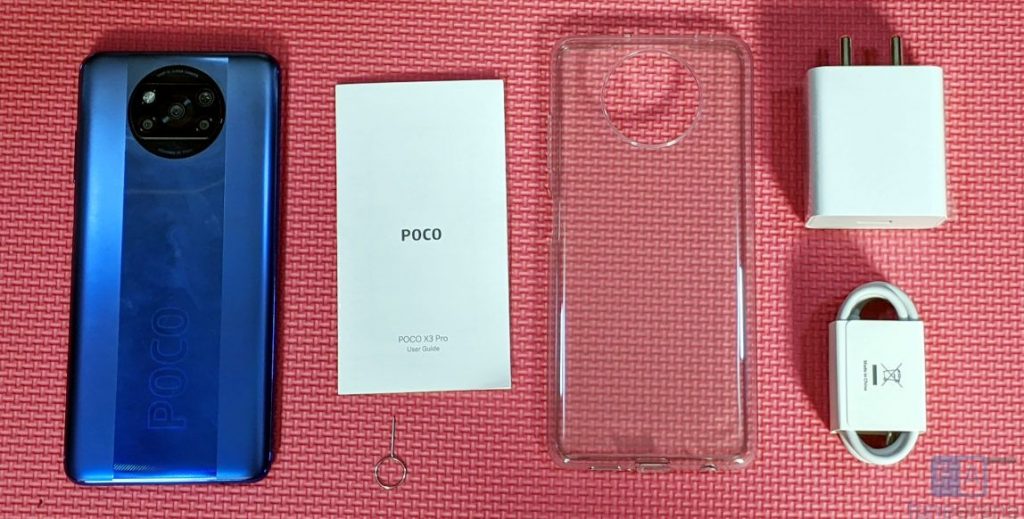
- POCO X3 Pro 8GB + 128GB in Steel Blue colour
- 33W charger (5V-3A/9V-2A/9V-3A/12V-1.5A/12V-2.25A/20V-1.32A/11V-3A)
- USB Type C Cable
- SIM Ejector tool
- Clear protective Case
- Screen protector (Pre-installed)
- User guide
Display, Hardware and Design
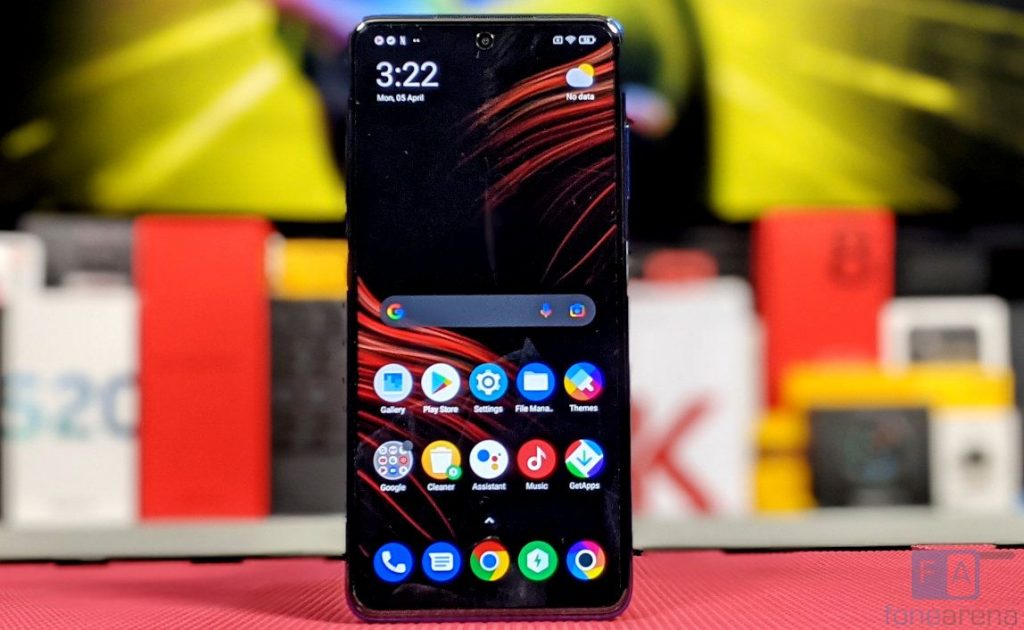
Starting with the display, the POCO X3 Pro has a 6.67-inch Full HD+ display with a pixel resolution of 2400 × 1080 pixels, 20:9 aspect ratio 2.5D curved glass screen and a pixel density of about 384 PPI, same as the X3. The display is bright, thanks to 400 nits brightness and 1500:1 contrast ratio and the colours are vibrant since it has 84% of NTSC color gamut. Sunlight legibility is good as well. The AMOLED screen in the Redmi Note 10 series is brighter than this, but this is decent.
The main highlight of the display is its 120Hz display refresh rate and 240Hz touch sampling rate, which when enabled offers buttery smooth user experience especially when you are scrolling through the UI and when gaming. There is also a DynamicSwitch function allows the phone to save power by automatically switching between 50, 60, 90 and 120Hz depending on the use case and the format of content displayed on the screen. It also has HDR 10 support, which works for supported YouTube videos. The phone has about 91.25% screen-to-body ratio and comes with Corning Gorilla Glass 6 protection compared to Gorilla Glass 5 in the X3.
Under the display options there are different options to adjust colours and contrast based on your preference. There is also reading mode that lets you reduce the display’s blue light emission so it doesn’t cause eye strain when you are reading at night, but this will be disabled when you play HDR videos. The phone also has TUV Rheinland Low Blue Light Certification. There is Dark mode, similar to other MIUI phones. You also get an option to enable dark mode to apps that are installed, but it doesn’t look good on most apps.
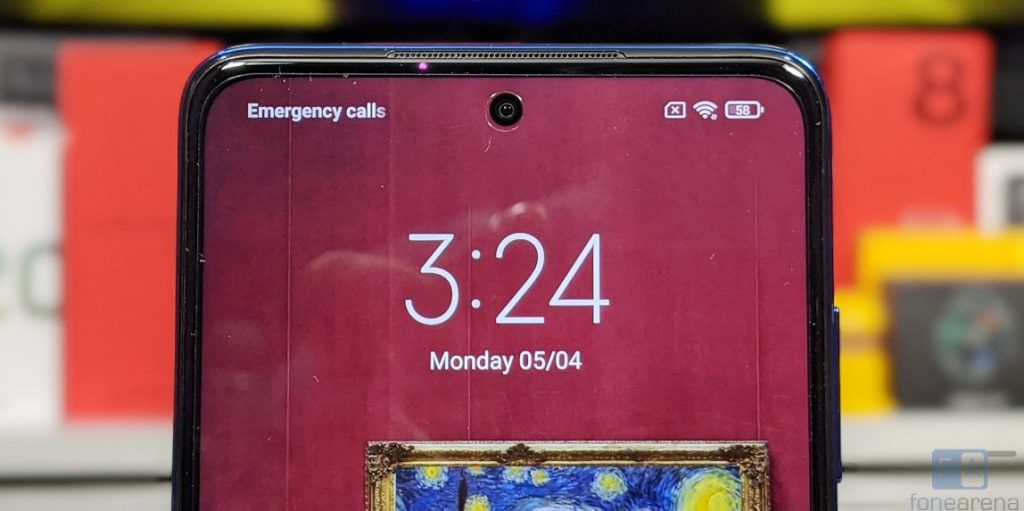
The phone has a single punch-hole screen that houses a 20-megapixel camera, which doesn’t disturb when watching videos since it just occupies a small space. Above the display there is an earpiece on the top edge which also doubles up as a speaker. The earpiece also houses a tiny notification LED which glows in white colour. This comes in handy since the phone doesn’t have an AMOLED screen for always-on display feature. The phone also has the usual set of proximity and ambient light sensors as well as gyroscope and a magnetic sensor, otherwise known as a magnetometer.
Coming to the button placements, the volume rockers and the fingerprint sensor is present on the right side, which also doubles up as the power button. It is quick to unlock the phone. The Hybrid SIM slot is present on the left side. The secondary microphone and IR sensor are present on the top. On the bottom there is a 3.5mm audio jack, USB Type-C port, speaker grill, and primary microphone. The phone features Z-axis linear vibration motor that enables over 150 custom vibration patterns across the UI for the best haptic experience, and the different can be felt when using the phone.
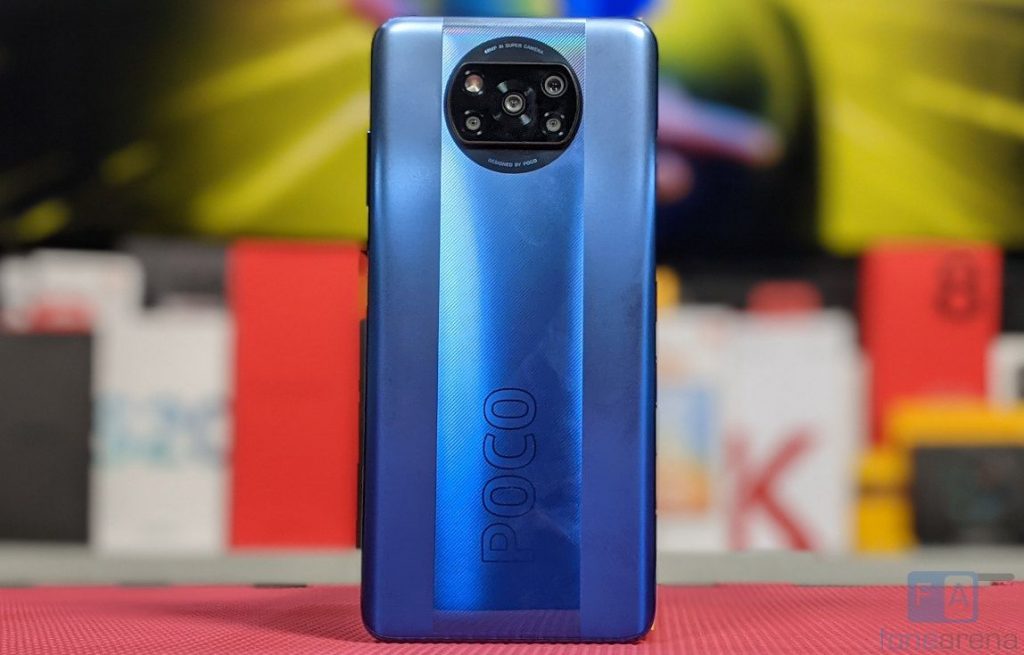
On the back there is a 48-megapixel camera along with an 8-megapixel 118-degree wide-angle lens, 2-megapixel depth sensor and a 2-megapixel macro camera on the side. This has a slight camera bump due to the large sensor, but the camera lens is protected by a scratch-resistant glass. Even though the phone has a large screen, it is compact to hold. The phone has a plastic back, so it is prone to scratches and fingerprints, so it is recommended to use the bundled case.
The POCO X3 Pro has IP53 ratings, same as the X3, but you still can’t immerse in water since it is not IP67 or IP68 rated. The phone packs a 5160mAh built-in battery compared to 6000mAh in the X3, and weighs 215 grams, about 10 grams lighter than the X3, but the weight distribution is good.
Camera
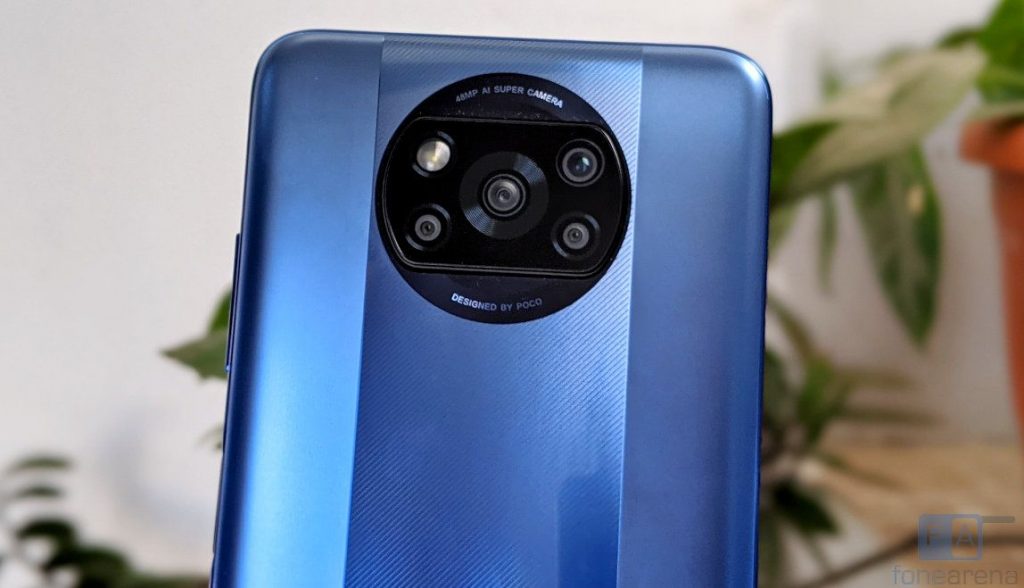
The phone packs quad rear cameras, that includes a main 48-megapixel primary rear camera with single LED Flash, f/1.79 aperture Sony IMX582 sensor, 8-megapixel 119° ultra-wide sensor with 1.0μm pixel size, f/2.2 aperture and a 2-megapixel depth sensor for portrait as well as 2-megapixel camera for 2cm macro with 1.75μm pixel size and f/2.4 aperture. It has a 20-megapixel front-facing camera with 0.8μm pixel size and f/2.2 aperture.
The camera UI is familiar with most smartphones running MIUI 12 with flash, HDR, AI, color modes (Normal, Vivid, Gid Vibes, Lime, Gourmet, Film, Amour, Movie, Soda, Sky blue, Nature, Blush, Childhood, Lilt, Travel, Rise, Cyberpunk, Black ice, B&W, and Classic) and Google Lens, on the top. Pressing the menu option shows camera frame, timer, movie frame, show gridlines, straighten, macro, tilt-shift, and Pro colour. There is a front camera toggle on the bottom along with option to select modes such as Pro mode to adjust white balance, focus, shutter speed (1/4000s to 30 seconds), ISO (100 to 6400) and option to select main, ultra-wide and macro lens. There is Video, Photo, Portrait and more option with, Night, 64MP, Short Video, Panorama, Documents, Vlog with seven different themes such as Activities, Dreams, Rhythm, Stop motion, Holidays, Travel and Memories, Slow motion, Time-lapse, Dual video, AI watermark, Long exposure and Clone. Beautify option for the front camera lets you adjust several features, in addition to smoothness. It also has RAW capture by default. It has Cam2API by default, so you can side-load ported Google Camera APKs for advanced editing including RAW capture.
Coming to the image quality, daylight shots came out well with good dynamic range, thanks to the 48MP sensor and the Qualcomm Spectra 380 ISP helps to improve the image quality. After pixel binning you get 12MP output. HDR shots are better with improved dynamic range, and macro shots are good, but 2x zoom from the main camera has better details compared to 2MP macro sensor even though you can go as close as 2cms. Wide-angle shots are decent, but the 13MP sensor in the X3 was better. Portrait shots have good edge detection. 48MP mode that offers a lot of details, but some images can go up to 20MB in size. Even though there is no telephoto lens, it uses the software for offering 2x zoom, which might be handy sometimes.
Low-light shots are good, thanks to 4-in-1 Super Pixel technology that lets the camera’s sensor hardware combine 4 pixels into a single 1.6μm large pixel, and the night mode is even better making the images brighter offering more details, but there is noise. Images with flash are good and the flash is not overpowering. Daylight front camera shots are good, and low-light shots are decent. The output is 20MP in resolution, but the image size is around 4MB. Portrait front camera shots have decent edge detection due to lack of an additional camera.
Check out the camera samples (Click the image to view the full resolution sample.).

It can record videos at 4k resolution at 30 fps, 1080p at up to 60 fps, and it also has slow motion 720p resolution video recording at up to 960fps, but this should be converted into 960fps since the Snapdragon 860 officially supports only up to 480fps slow motion recording. You can also shoot 720p videos using the macro camera and 1080p videos using the ultra-wide camera. The 13MP ultra-wide camera in the POCO X3 had 4K video option. Check out the video samples below.
Software, UI and Apps
It runs Android 11 out of the box with MIUI 12 on top. It has March, 2021 Android security patch recently. MIUI 12 that was introduced earlier this year brings several features including improved animation, Dark mode 2.0, Privacy improvements and more. Android 11 improves privacy features when sharing content and in location permission.
It has Quick ball, One-handed mode, App Lock and more. Inside the special features option there is Game Turbo, video toolbox, floating window, second space and Lite mode, but there is no quick replies option.
Since the phone has an infrared sensor for remote function, it comes with Mi Remote that lets you control your home appliances easily. Out of 8GB LPDDR4x RAM, you get 7.49GB of usable RAM, and about 3.5GB of RAM is free when default apps are running in the background. Out of 128GB, you get about 107GB of free storage. It has UFS 3.1 storage, so we got sequential read speeds of about 1440MB/s.
Apart from the usual set of utility apps, Google apps and Xiaomi’s own set of apps, it comes pre-loaded with Amazon Shopping, Facebook, Amazon Prime Video, Mi Credit and LinkedIn apps. It also asks for additional app installation during setup, which you can skip. You can easily uninstall these apps, but these come up when you reset the phone. Xiaomi is infamous for showing ads on its phones with MIUI. Even though there is personalized ads option during set up and recommendations in all the apps, you don’t get any ads in apps, similar to the other POCO, Mi series phones.
Fingerprint sensor and Face unlock
The phone has a fingerprint sensor on the ride side, embedded into the power button. It immediately unlocks phone just by keeping your finger on the power button so that you don’t have to press it. This is more convenient compared to the rear-mounted fingerprint scanner and faster than the in-display fingerprint scanner. You can add up to 5 fingerprints. You can also use the fingerprint for app local and payments in apps. The phone also has face unlock, but it is not as secure as fingerprint since it can be unlocked with a photo.
Music Player, FM Radio and Multimedia
The Mi Music Player is the default music player with usual Xiaomi audio effects and equalizer. It also has FM Radio with recording. Audio through the speaker is loud. Since the phone has stereo speakers that includes 4cc-equivalent 1012 upper speaker and 1cc-equivalent 1216 lower speaker, audio is pretty loud. Similar to the POCO X3, if the loudspeaker volume is high, the back panel of the phone vibrates which is normal, so that you need not worry about it. Audio through earphones is good as well.
At the launch the company said that it has Widevine L1 support so you can play HD content on Netflix, Amazon Prime Video and other streaming apps without any issues, but our unit only showed L3 certification which might be unit specific. HDR playback should work only in YouTube and not in Netflix unlike the Redmi Note 10 Pro and the Pro Max.
Dual SIM and Connectivity
It supports 4G VoLTE for Reliance Jio, Airtel and other networks and support Dual 4G VoLTE that offers 4G in both the SIM cards at a time. There is Snapdragon X24 Cat- 20 LTE modem and it supports carrier aggregation. Other connectivity options include Dual-Band Wi-Fi 802.11 ac with dual antennas for better reception, VoWiFi / Wi-Fi calling support, Bluetooth 5.0 LE and GPS, but it doesn’t have NFC support. It also has USB OTG support that lets you connect USB drives. Call quality is good, and we did not face any call drops and the earpiece volume was loud.
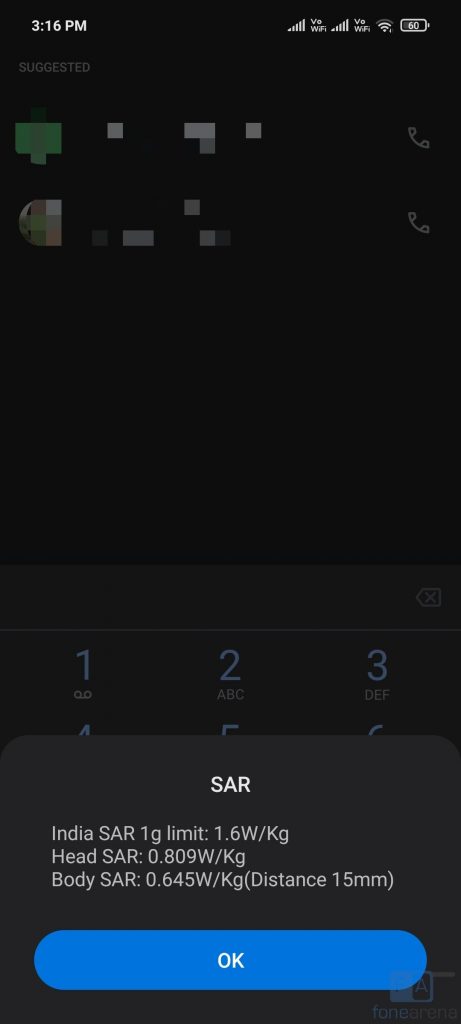
POCO X3 Pro’s body SAR is 0.645W/Kg (Distance:15mm), head SAR is at 0.809W/Kg, which is slightly more than the POCO X3 and is well under the limit in India which is 1.6 W/kg (over 1 g).
Performance and Benchmarks
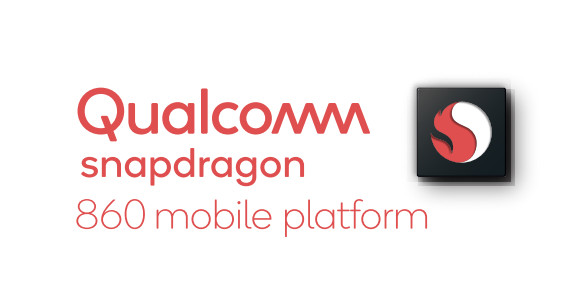
Coming to the performance, this is the first phone to be powered by an Octa-Core Snapdragon 860 7nm Mobile Platform, which is an enhanced version of the 855 / 855+ which has 1 x Kryo 485 Prime CPU (A76-based) clocked at up to 2.96GHz, 3 x Kryo 485 Performance CPUs (A76-based) clocked at up to 2.42GHz and 4 x Kryo 485 Efficiency CPUs (A55-based) at up to 1.80GHz. It has Adreno 640 GPU with support for Open GL ES 3.2, Open CL 2.0, as well as Vulkan 1.1 graphics clocked at up to 672MHz.
Thanks to slightly faster larger Kryo 485 cores based on Cortex A76, this is faster than the Snapdragon 855 and other SoCs in the price range. The overclocked Adreno 640 GPU promises 15% improvement in graphics rendering compared to Snapdragon 855 and it also has Snapdragon Elite Gaming features
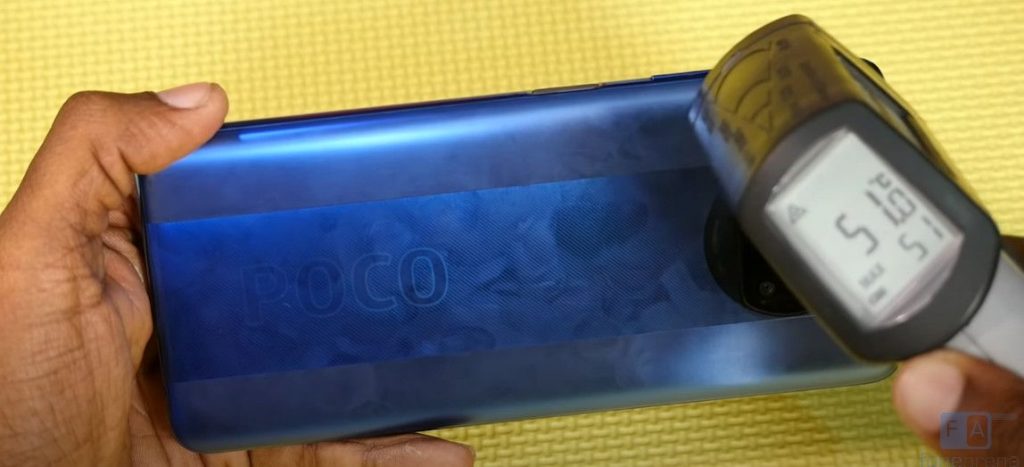
We did not face any issues or frame drops in the graphic-intensive games. COD, Dead Trigger, Genshin Impact and Asphalt 9 were smooth without any issues. Thanks to 120Hz refresh rate, gaming was super smooth in games that support it such as Dead Trigger 2, Real Racing 3 and more. It gets a hot quickly on intensive gaming and 4G data use. It reached up to 51°C with one hour of intensive gaming on Wi-Fi indoor, so with 4G use and outdoor it should be more. The back of the phone gets hot, but doesn’t feel very hot. It has liquid cooling plus that combines an enlarged copper heat pipe with multiple layers of graphite to reduce the heat of the phone’s processor by up to an additional 6°C, according to the company. That said, check out some synthetic benchmark scores below.
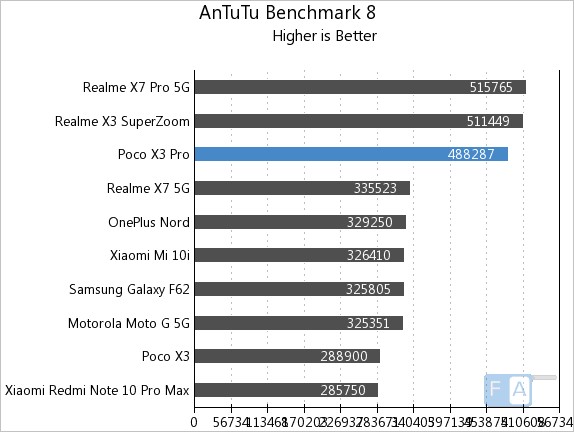
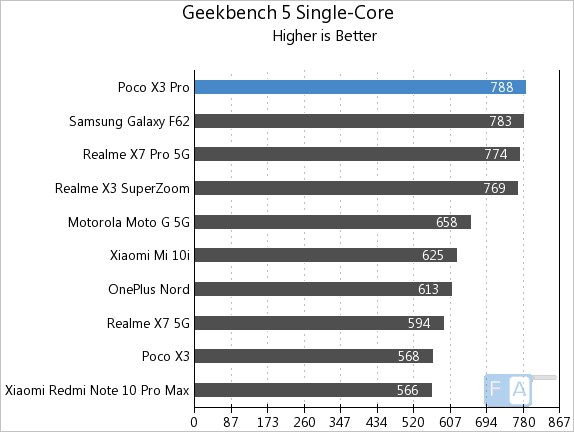
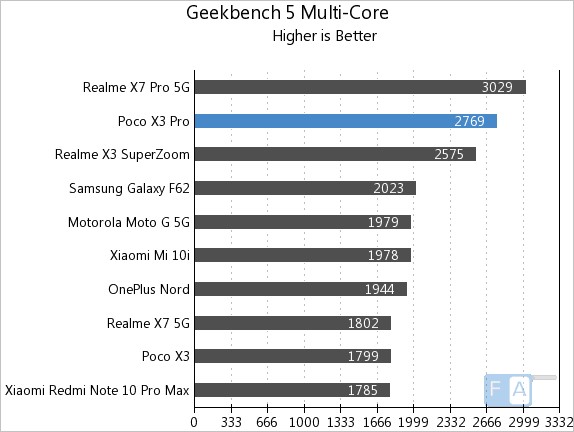
Battery life
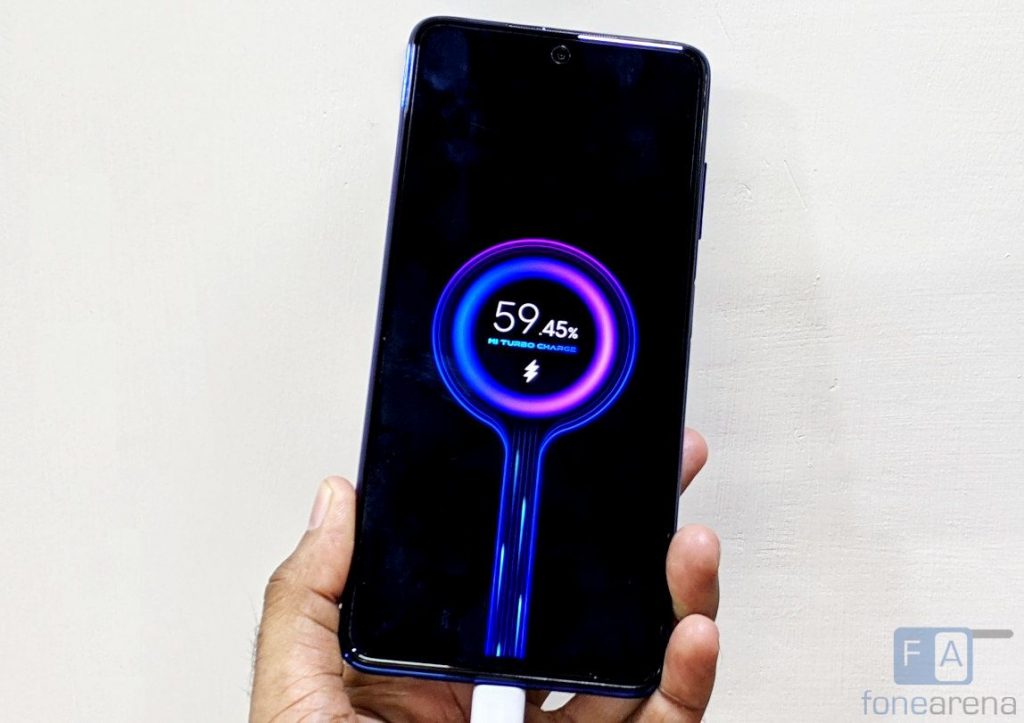
Coming to the battery life, the 5160mAh (typical) built-in battery lasts for more than a day even with heavy use with 120Hz refresh rate enabled, and with average use it lasts for two days, thanks to optimization in the MIUI 12. I got over 6 hours of screen on time with a day of use in 120Hz refresh rate. Even though it doesn’t mention 120Hz as adaptive, it automatically switches to 60Hz when you don’t need it, mainly to optimize the battery life. The phone has support for 33W fast charging, so it just takes slightly over 1 hour for 0 to 100% and 0 to 50% takes 30 minutes using the bundled 33W Turbo charger.
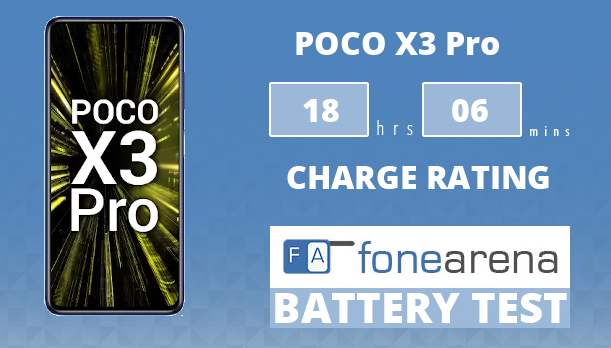
It achieved One Charge Rating of 18 hours and 06 minutes in our battery test which is good for a phone with a 5160mAh battery. We tested it in 120Hz, which is default, so it should be better in 60Hz. Battery life is based on different factors such as software optimization and the processing power that requires to power the phone, so if the phone lasts for a day with heavy use, it is good.
Conclusion
At a starting price of Rs. 18999, the POCO X3 Pro is solid performer in the price range. The 120Hz LCD screen with minimal bezels is good, 48MP rear camera does a good job, and the phone offers smooth performance and a lag-free gaming performance, and the huge battery offers brilliant life with support for fast charging. Glass body would have offered a premium look and feel, but it would increase the weight of the phone. Some might miss an AMOLED screen, but you have to compromise this for the high-end Snapdragon 860 SoC that you don’t get in phones in the price range.
Competition
Redmi Note 10 Pro Max is a good option if you need a 120Hz AMOLED screen, better camera, but can compromise on the performance. Another option is the Samsung Galaxy F62 which has a good 60Hz AMOLED screen, better ultra-wide camera and a huge 7000mAh battery.
Availability
Priced at Rs. 18,999 for the 6GB RAM with 128GB storage version and Rs. 20,999 for 8GB RAM with 128GB storage version, the POCO X3 Pro is available from Flipkart.
Pros
- Large 120Hz HDR display is good
- Good cameras
- Smooth performance
- Stereo speakers
- IP53 ratings for water resistance
- Good battery life with 33W fast charging
Cons
- Might be huge and bulky for some
- Lacks dedicated microSD slot
- Heats up quickly on intensive gaming

